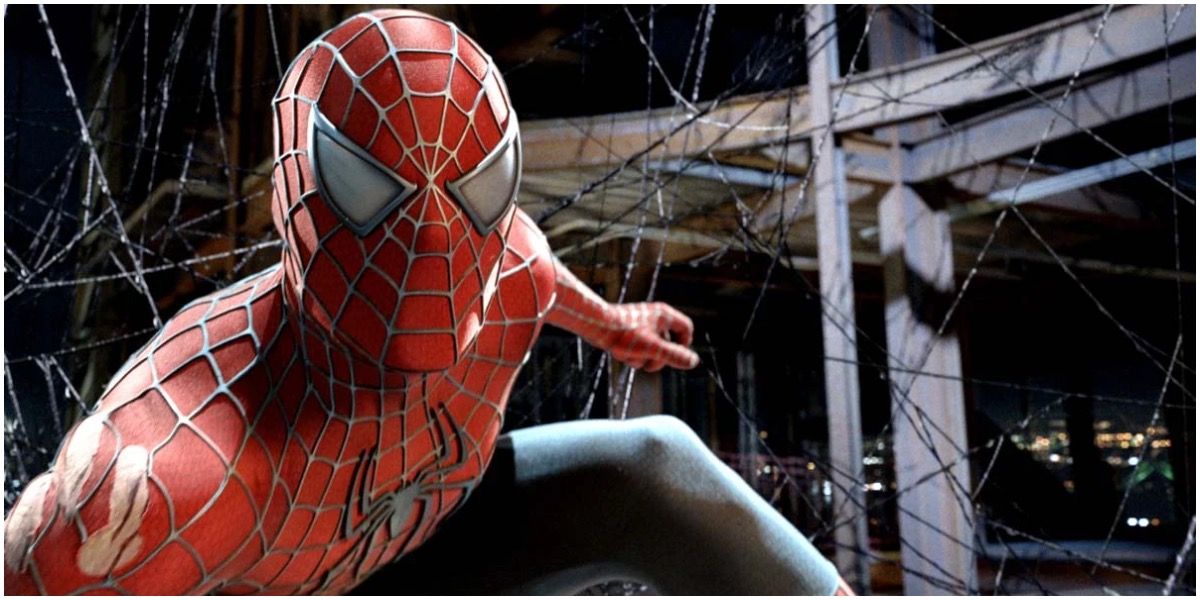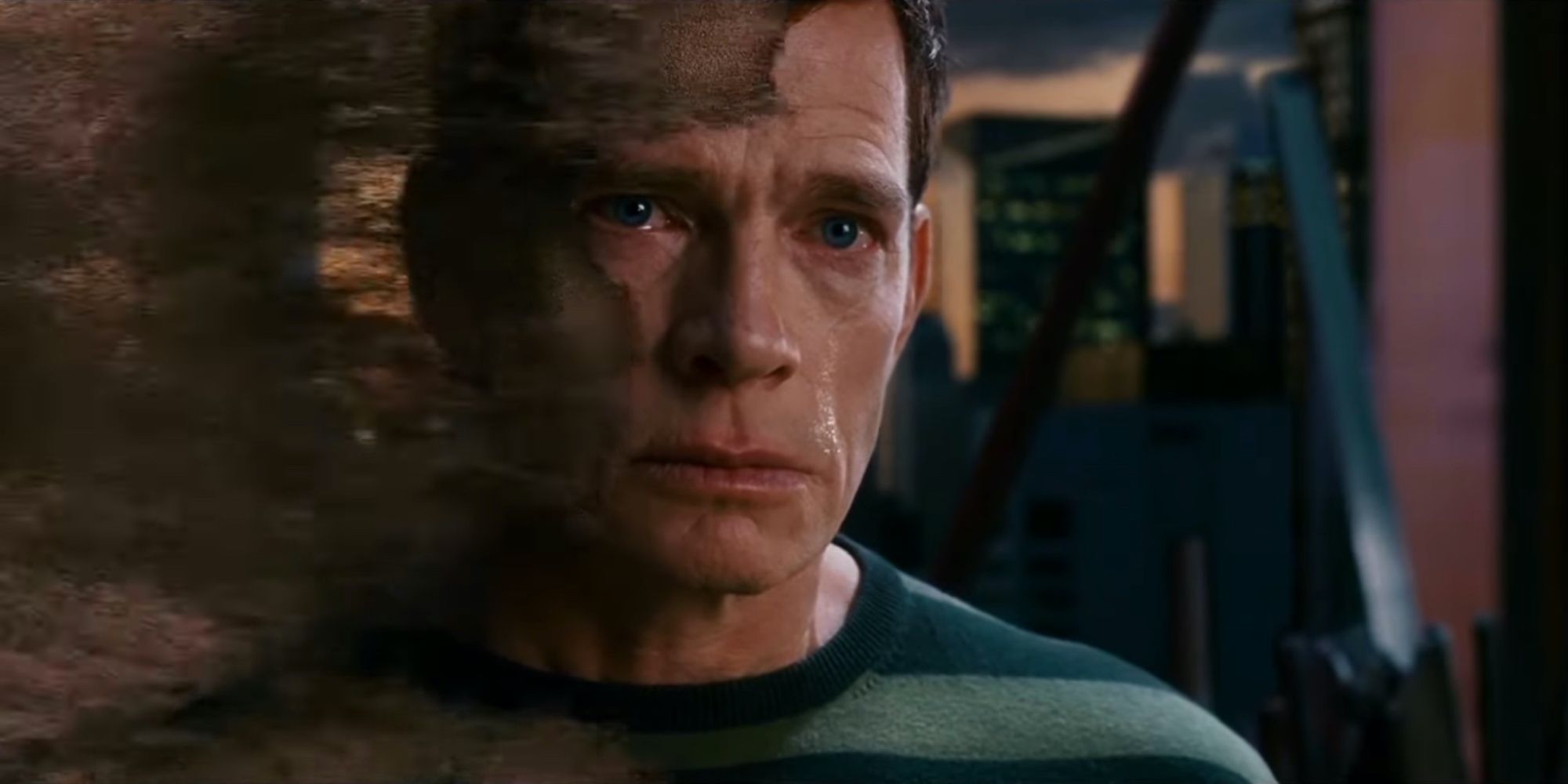With Spider-Man: No Way Home opening in theaters everywhere and including the return of past cinematic characters, such as the villainous Sandman, the pre-Marvel Cinematic Universe films have returned for relevant reassessment. This includes 2007's Spider-Man 3, which saw the live-action debut of the Sandman as he menaced Tobey Maguire's Peter Parker. And while reception to Spider-Man 3 continues to be mixed nearly 15 years since the film's release, most of the criticism overlooks one key plot twist introduced by the movie: retconning the Sandman as Uncle Ben's true killer.
In virtually every iteration of Spider-Man, Ben's death is one that constantly haunts Peter and largely motivates him in using his superhuman abilities towards good as a superhero. This motivation is one primarily fueled by guilt, with Peter deliberately failing to stop a criminal who immediately went on to gun Ben down, reminding Peter of the cost of power and responsibility. This key moment in the character's history was depicted in 2002's Spider-Man, the first in the cinematic trilogy starring Maguire and directed by Sam Raimi, but Spider-Man 3 revisited and retconned this moment, revealing the alleged shooter was not operating alone nor was he triggerman in Ben's murder.
After small-time criminal Flint Marko escaped from prison, Peter and Aunt May were informed by the authorities that it was actually Flint that murdered Ben, shooting the elderly man when his associate -- the man Peter and May long believed as Ben's killer -- arrived on the scene and startled Flint to pull the trigger. This not only meant that the man Peter pursued in the 2002 Spider-Man was not his uncle's murderer but also suggests that, even if Peter had stopped the thief from the wrestling arena where they first met and lived up to his uncle's wisdom, there still existed the distinct possibility that Flint could have killed Ben while attempting to steal his car as a getaway vehicle.
There are a lot of flaws in Spider-Man 3, from a protracted sequence of Peter possessed by the symbiote suit that veers more into clumsy self-parody than any genuine menace or intended comedy to a turgid final act that feels uneven and disengaging with an intrusive news broadcast and lackluster inclusion of Venom to overwhelm Spider-Man's last stand. However, the retcon of making the Sandman as Uncle Ben's true killer not only feels completely forced and out of nowhere but also is a change that quite nearly subverts the bedrock of the Spider-Man mythos on a fundamental level. Spider-Man 3 depicts Sandman as a man who made horrible mistakes to support his family but murdering Ben, accidental or not, does not live up to the reimagining of the character from this thematic approach.
In attempting to make Sandman the most personal enemy for Spider-Man yet and tie back Spider-Man 3's story to the 2002 original film, the 2007 sequel delivered a head-scratching retcon that was dead on arrival. If Spider-Man 2 is a film about responsibility, Spider-Man 3 is one about forgiveness underscored by Harry Osborn forgiving Peter for allegedly killing his father Norman and Peter forgiving Flint for murdering his own father figure but these themes echo hollow, depriving Spider-Man 3 of its emotional heart.
And as easy as it is to poke fun at emo Peter Parker's awkward dancing, culminating in a nonsensical song-and-dance number, the Sandman retcon linking him to Uncle Ben derails Raimi's entire Spider-Man trilogy the more one thinks about it and will hopefully lead future depictions of Spider-Man to avoid such a grave mistake.



